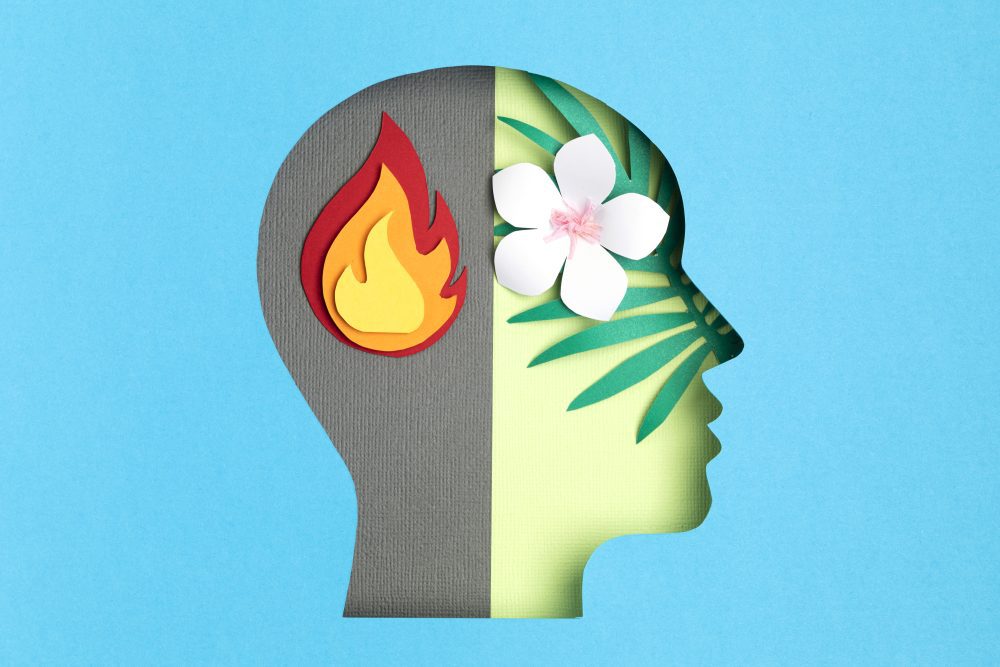Borderline Personality Disorder (BPD) is a complex mental health condition that affects millions of people worldwide which makes understanding borderline personality disorder an important necessity especially if you are suffering or living with BDP. Despite its prevalence, BPD is often misunderstood, leading to stigma and misconceptions. In this article, we will explore the realities of Borderline Personality Disorder, shedding light on its symptoms, causes, and treatment options. By fostering understanding and empathy, we can work towards creating a more supportive environment for individuals living with BPD.
What is Borderline Personality Disorder?
Borderline Personality Disorder is a mental health disorder characterized by persistent patterns of instability in relationships, self-image, and emotions. Individuals with BPD often experience intense emotions, have difficulty regulating their feelings, and struggle with a sense of self-worth. This emotional instability can lead to impulsive behavior, self-harm, and strained relationships with others.

Symptoms and Challenges
Intense and Unstable Emotions
Individuals with BPD often experience intense and rapidly changing emotions, including anger, sadness, anxiety, and irritability. These emotional shifts can occur in response to external events and may be difficult to control.
Fear of Abandonment
People with BPD often fear being abandoned or rejected by others. They may go to great lengths to avoid real or imagined abandonment, even if it means staying in unhealthy or abusive relationships.
Unstable Relationships
BPD can lead to tumultuous and unstable relationships, characterized by idealization and devaluation of others. Individuals with BPD may see others as either entirely good or entirely bad, leading to difficulties in maintaining long-term relationships.
Distorted Self-Image
Individuals with BPD often have a distorted and unstable self-image. They may have a poor sense of self-worth and struggle with feelings of emptiness and identity confusion.
Impulsive Behavior
Impulsive behaviors are common in people with BPD and can include reckless driving, substance abuse, unsafe sex, spending sprees, binge eating, or self-harm. These behaviors often occur without careful consideration of the consequences.
Self-Harm and Suicidal Behavior
Many individuals with BPD engage in self-harming behaviors such as cutting or burning themselves. Additionally, they may have recurrent thoughts of suicide, make suicidal gestures, or attempt suicide.
Chronic Feelings of Emptiness
People with BPD often report feeling empty inside, as if they lack a sense of purpose or direction in life. This chronic emptiness can contribute to emotional pain and instability.
Explosive Anger
Intense and inappropriate anger, often followed by shame and guilt, is a common symptom of BPD. Small frustrations can trigger disproportionate and intense anger reactions.
Dissociation
Some individuals with BPD experience episodes of dissociation, where they feel disconnected from reality, their body, or their emotions. Dissociation can range from mild detachment to more severe experiences of feeling outside one’s own body.
Difficulty Trusting Others:
Due to their fear of abandonment and unstable relationships, individuals with BPD often have difficulty trusting others. They may be quick to perceive betrayal, even in the absence of evidence.

Causes and Risk Factors
The exact cause of BPD is not known, but a combination of genetic, environmental, and neurological factors is believed to contribute to its development. Traumatic experiences during childhood, such as abuse or neglect, can increase the risk of developing BPD. Additionally, a family history of mental health disorders might predispose an individual to BPD.
Treatment and Support
Fortunately, BPD is treatable, and with the right support and therapies, individuals can lead fulfilling lives. Therapeutic approaches such as Dialectical Behavior Therapy (DBT), Cognitive Behavioral Therapy (CBT), and psychodynamic therapy have shown effectiveness in helping individuals manage their symptoms and develop healthier coping mechanisms.
Support from friends and family also plays a crucial role in the recovery process. Building understanding and empathy can create a nurturing environment where individuals with BPD feel accepted and supported in their journey towards healing.
Breaking the Stigma
Stigma surrounding mental health disorders like BPD can prevent individuals from seeking help and support. By dispelling myths and increasing awareness, we can break down these barriers. It’s essential to recognize that BPD is a real and valid medical condition that deserves understanding and compassion.
Conclusion
Understanding Borderline Personality Disorder is challenging, but with the right treatment, support, and understanding, individuals with BPD can lead meaningful and fulfilling lives. By fostering empathy, providing accurate information, and promoting mental health education, we can create a world where everyone, regardless of their mental health condition, is accepted, supported, and empowered to thrive.
Ready to begin? Start your online therapy journey today. Book your first session now.




